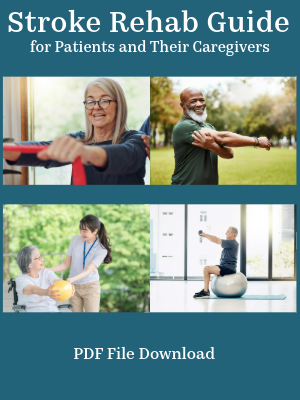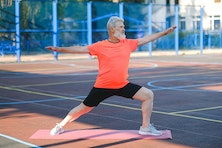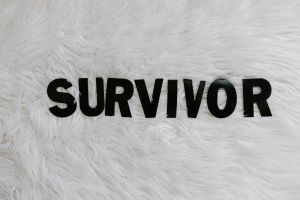Sensory Re-education
Medically reviewed by Karen Murray, OT, CHT, CSRS - written by Stroke-rehab.com
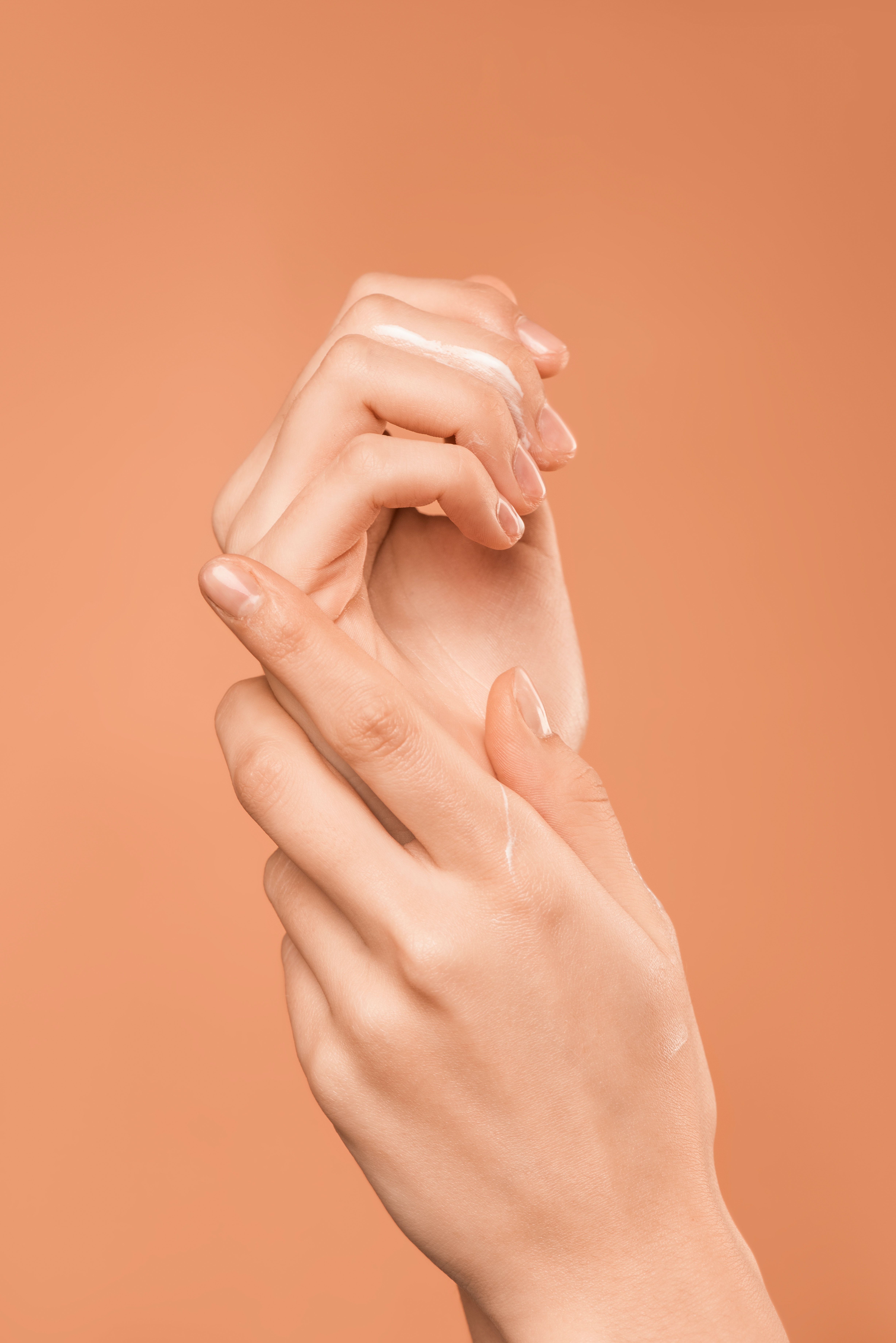
Sensation may be impaired after having a stroke. Numbness, tingling, varying degrees of sensory loss, and hypersensitivity can occur. Sensory re-education is a technique used by therapists to retrain sensory pathways or stimulate unused pathways. Therapists also teach adaptive techniques to help compensate for sensory loss. Sensory re-education techniques can include touching different textured objects, massage, vibration, pressure, determining joint position, identifying different temperatures, and electrical stimulation.
Below are some exercises to help with sensation. For maximum improvement, perform exercises 2-4x day for 10 minutes in a quiet room.
Sensory Re-education Exercises
Differentiate Between Textures
Try to differentiate between textures (i.e. cotton, sandpaper, satin, velcro, rubber, velvet, wool, etc.) You can buy texture squares or wands online or just use materials found around the house.
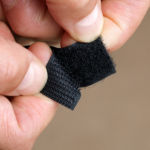 |
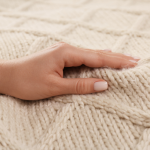 |
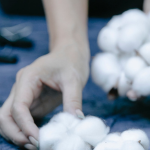 |
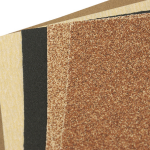 |
Sensory Search
Hide objects such as marbles, coins, etc. in a bowl of rice/dry beans/sand. Without using your vision, reach into the bowl and try to find the objects with your hand.
Or have someone place an object in your hands without looking at it, feel the object, then try to find a matching object inside a bowl of dry beans or rice.
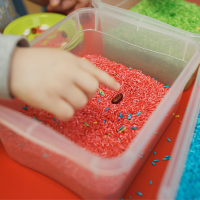
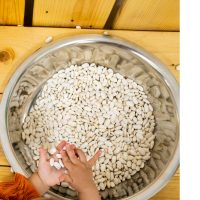
Touch Recognition and Touch Localization
Have another person touch you with their finger or an object on your skin in various places while your eyes are closed. See if you can recognize when they touch you (touch recognition) and more specifically try to point to where they touched you (touch localization).
If you are unable to sense the touch with your eyes closed then have the person touch you on one spot with your eyes open, then with your eyes closed. Try to associate where you saw their finger or object touch your skin to how it felt on your skin.
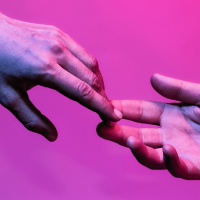
Perception of Moving Touch and Vibration
Have another person keep pressure still on your skin then move it around. Watch and pay attention how it feels. Close eyes and try to identify when the pressure is still versus when it is moving.
Close your eyes and have a person apply vibration to your skin via a massager. See if you can identify when the vibration is applied to the skin. Have the person move the vibration around and see if you can tell when it is still versus moving around on your skin. You can use a large massager as pictured below, but it would be better to use a smaller hand massager.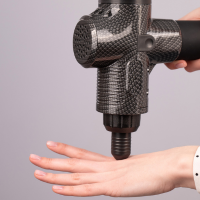
Stereognosis
Have someone place different objects in your hand while you are looking (i.e. cotton ball, marble, key, paper clip). Close your eyes and then try to identify objects as they are placed in your hand again one at a time. This is called stereognosis and is the ability to perceive and recognize an object by touching it rather than seeing or hearing it.
Pressure Sense and Sense of Weighted Object
Fill a flexible paper cup (i.e. Dixie cup) half full with water. Attempt to grasp cup without spilling the water or smashing the cup. Use your vision to determine how much pressure you are putting on the cup (i.e. if cup is slipping out of hand, apply more pressure; if cup is squeezed to hard, lessen grip)
Repeat exercise with paper cup above but now move the cup from one spot to another maintaining a steady, even grasp (not too tight, not too loose). This exercise helps uncover problems with pressure sensation. If you tend to squeeze too hard as observed by smashing the cup, then you know that you need to relax your grip. On the other hand if the cup keeps slipping out or you see that your fingers are not in full contact with the cup, you know that you need to increase the pressure of your grip.
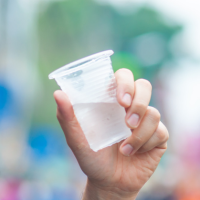
Close eyes. Have someone else place a lighter object on your hand then a heavier object. Try to determine which object was heavier or lighter.
Temperature Sensation
Have another person apply cold and or warmth to your skin and see if you can detect temperature differences.
Proprioception (Sense of Joint Positioning)
Sensory re-education also involves activities to help relearn where the body is in space or what position a joint is in. Some examples include:
Close your eyes and have someone else position your affected arm. See if you can tell what position your arm is in (i.e. my elbow is bent) then open your eyes to see what position it is in.
Block your vision or close your eyes. Have someone else move your hand while holding a pencil. Try to identify what letter, number or drawing is made.
Adaptive or Compensatory Techniques
Use your vision to observe motion and location of body parts.
Use your unaffected side to check temperature before bathing or washing objects.
Use your unaffected side to handle sharp objects.
Use built up handles on the affected side to distribute pressure (the smaller the handle the less distribution of pressure over the gripping surfaces).
Change positions frequently to prevent too much pressure on affected area.
Sit on cushion to protect skin.
When gripping an object, don't apply more force than is necessary.
Observe the skin for swelling, redness, warmth
Take care of skin.
Sensation Testing
You may not always be aware that you have a sensation deficit after having a stroke. It is best to have a therapist check your sensation including light touch, hot/cold, and pain. They can also check to see if your 2 point discrimination, proprioception, and ability to detect vibration is intact.
Here is an explanation of various types of sensation:
- Light Touch: the ability to perceive gentle tactile stimuli on the skin. It helps protect you and alert you of possible harm such as when a bug is crawling on you.
- Pressure: the ability to perceive the amount of force being applied to the skin. This enables us to grip objects tightly or lightly, and to have a sense of how firmly we are holding something.
- Pain: Pain receptors in the skin and underlying tissues send signals to the brain, alerting us to potential harm or injury.
- Temperature: the ability to perceive hot and cold stimuli.
- Proprioception: Proprioception is the sense of knowing the position and movements of our body parts without needing to look at them. This sense allows us to perform hand tasks with precision and accuracy, like typing or playing musical instruments. It helps our larger body parts when walking, running, or engaging in any athletic activity.
- Vibration: the ability to perceive vibrations, such as those produced by a cell phone or musical instrument, and differentiate them from other types of touch.
- Stereognosis: the ability to identify objects that are placed in the hand when the eyes are closed.
These are just a few of the sensation terms you may run across. To see how various types of sensation are tested, you can visit https://neurologicexam.med.utah.edu
Please note that you cannot simply touch someone's skin to assess sensation which I have seen done by many therapists. This will give you an inaccurate assessment. For light touch testing, one should use monofilaments which can test at lighter levels than one can feel when simply touched with a finger. In addition, being touched lightly is only one form of sensation, so it does not begin to take in account the whole sensory picture.
Monofilament and two point discrimination testing kits are available on Amazon
As an Amazon Associate I earn from qualifying purchases.
Get Our Stroke Rehab Guide

Our stroke rehab guide is designed specifically for patients and caregivers. It's in pdf format and can be immediately downloaded. It includes about
- Stroke Definition & Causes
- Stroke Treatment
- Rehabilitation Information for Physical, Occupational and Speech Therapy
- Exercise pictures
- Q&A from patients and caregivers
- Adaptive Equipment & Techniques
- How to Prevent Another Stroke & More!
Medical Disclaimer: All information on this website is for informational purposes only. This website does not provide medical advice or treatment. Always seek the advice of your physician or other healthcare provider before undertaking a new healthcare or exercise regimen. Never disregard professional medical advice or delay seeking medical treatment because of something you have read on this website. See the disclaimer page for full information.
- Home
- Sensory Re-education


